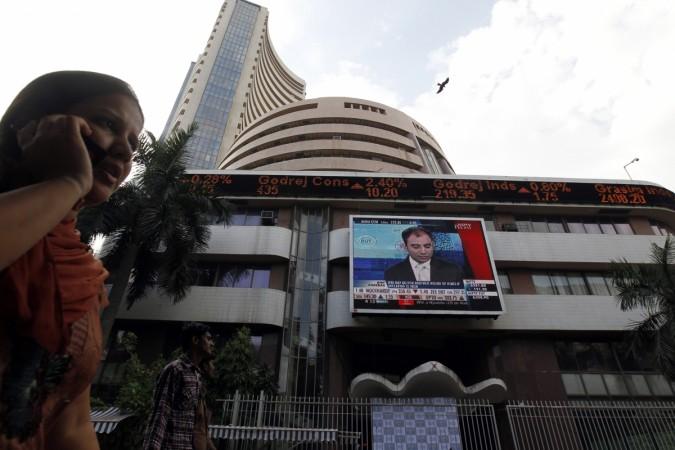The year 2015 will see the Narendra Modi government bring in major reforms in micro- and macro-economic sectors, which would reflect in the Sensex and the GDP growth numbers.
Finance minister Arun Jaitley's Budget 2015/16 would address the reforms needed.
In 2014, the Sensex rallied 30%, even as overall economic growth remained rather subdued.

The reform push and investments in infrastructure will give a massive fillip to the valuations of companies -- ranging from construction, cement and steel to those dealing with housing and finance.
Modi emerged onto the national scene in 2014 with a promise to deliver collective growth and has been instrumental in structuring the necessary reforms to act as a base for further reforms.
India and the world are looking at Budget 2015 as the harbinger of growth. India has perennially been promising, but has rarely had the chance to deliver on those promises. The budget would also act as an indicator of future growth planning.
However, alongside the focus on reforms, another crucial area that needs immediate attention is revenue leak. India struggles to achieve direct and indirect tax targets. The fall in collection of projected revenue exerts severe pressure on the fiscal deficit.
Even as Modi government gears up for an improved retail spending, it needs to concentrate on bringing in the section of the population that has historically paid an un-proportionately lower tax.
Jaitley has reinforced his commitment to working towards a non-adversarial tax regime, for the corporate sector. Experts expect the bourses to go up by about 15-20%, as the fundamentals get stronger. Since October, the government has gone ahead with reforms on incremental basis; the diesel price deregulation, the auction of coal blocks, etc, with the economic growth remaining muted.
The quarters October to December 2014 and current quarter January to March 2015 would see tepid growth numbers, with the momentum unlikely to gain pace on the back of stalled investments, keeping resources locked up. However, the momentum is expected to receive a boost post-Budget, says an HSBC report.

The bank expects growth to pick up in 2015-16 and 2016-17, fuelled by the revival in investment and increased reforms. It expects the economy to expand by 5.9% in the current quarter.
In 2015, the Goods and Services Tax Bill, Land Acquisition Bill, Insurance Bill and the Coal Ordinance will be tabled in the Parliament. The passage of the Bills is critical for the Indian economy. The Winter Session of the Parliament was a complete washout, with the Opposition managing to scuttle the entire session over the reconversion issue.
UBS head of India research Gautam Chhaochharia expects 2015 to also be the year where macro- and micro-economic data matters more for the markets. He expects the reforms to be rolled out over the next three- to six-month period, with at least the major ones the market has been banking on, read Economic Times.
The Market index acts as an indicator of economic growth, reflecting the economic growth in positive returns, and therefore the stock constituting the index.















